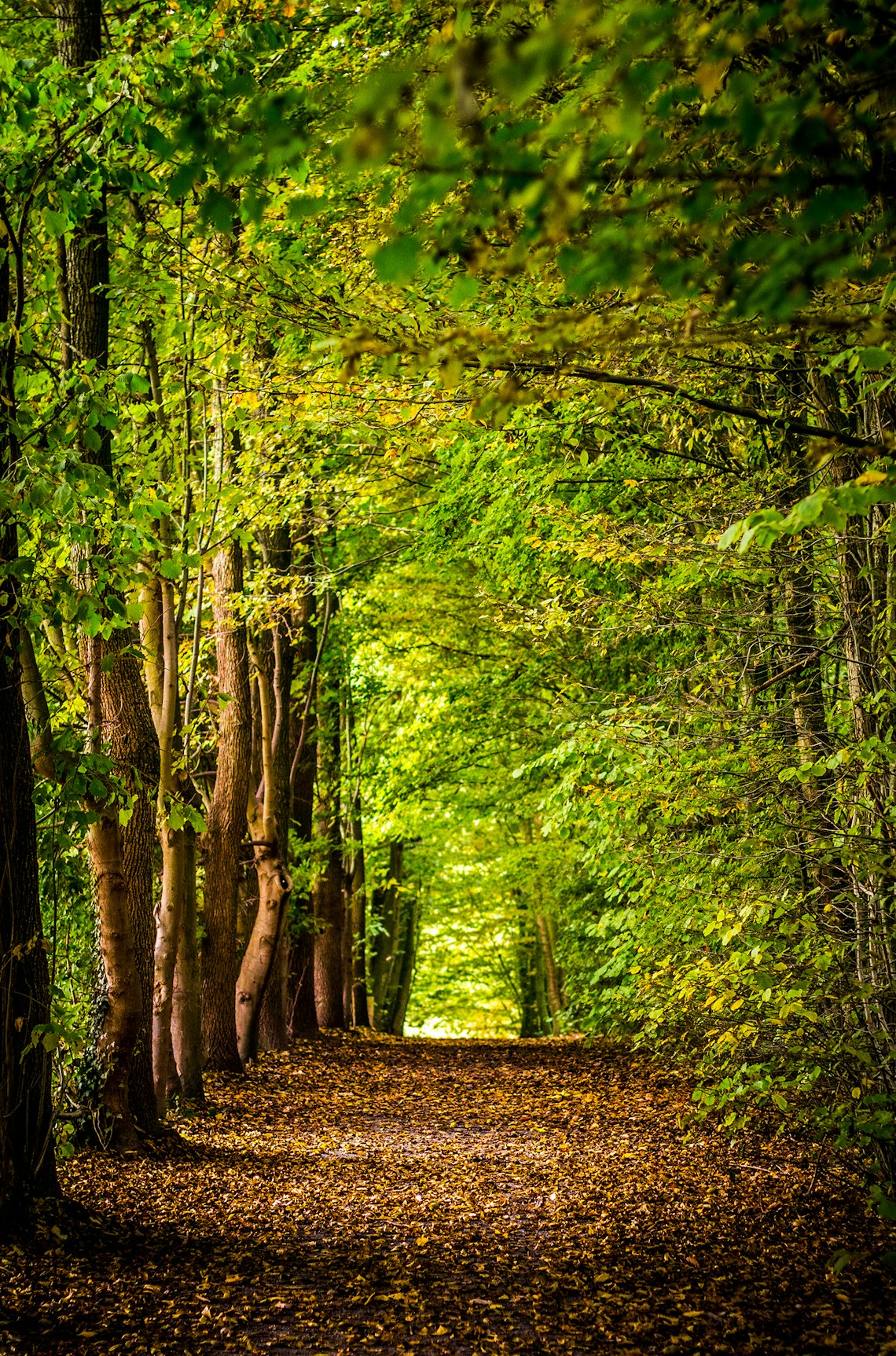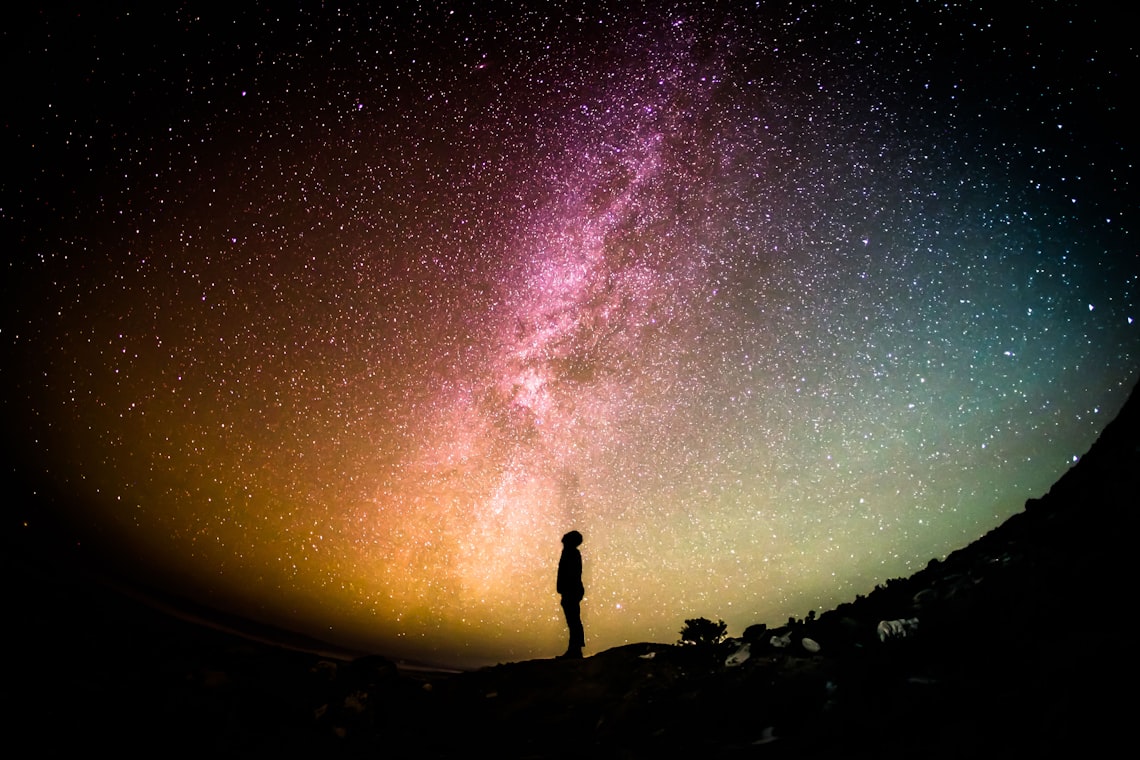Once upon a time, there was a beautiful planet called Earth. It was filled with lush greenery, sparkling oceans, and a wide array of majestic creatures that called it home. The weather was often unpredictable, but generally, it was harmonious and balanced.
But as time went on, something began to change. Earth's climate started to shift, causing drastic alterations in weather patterns. This change, known as climate change, was triggered by various human activities, such as burning fossil fuels and deforestation. Every year, the effects of this change became more pronounced, leading to a significant impact on natural disasters.
As the temperatures began to rise, it was not just a matter of discomfort for the inhabitants of Earth. The increased heat led to the melting of glaciers and polar ice caps. This, in turn, caused a rise in sea levels, posing a threat to coastal areas and low-lying regions. With each passing year, the frequency and intensity of floods and coastal storms increased, resulting in widespread devastation.
Meanwhile, on the other side of the spectrum, droughts became more severe and prolonged. The lack of rainfall led to parched lands and barren fields. Agricultural communities struggled to grow crops and feed their livestock. As a result, food scarcity became a real concern in many parts of the world. With increasing desperation, conflict and displacement followed, further exacerbating the impact of climate change.
But it wasn't just water-related disasters that were affected. The warming planet also had a direct impact on the intensity and frequency of storms. Hurricanes, typhoons, and cyclones seemed to grow stronger with each passing year. The wind speeds became more ferocious, tearing through communities and leaving destruction in their wake. The once-sturdy buildings crumbled like sandcastles, unable to withstand the wrath of these supercharged storms.
And then there were the wildfires. The combination of higher temperatures, prolonged droughts, and an abundance of dry vegetation created the perfect conditions for these infernos. Forests that had once been teeming with life were now consumed by flames, leaving behind ashen landscapes devoid of greenery. The flames not only threatened the lives of humans and animals but also contributed to the release of harmful greenhouse gases, further perpetuating the cycle of climate change.
As the impacts of climate change on natural disasters became increasingly evident, scientists and policymakers scrambled to find solutions. Efforts to reduce greenhouse gas emissions and transition to renewable energy sources gained momentum. Communities implemented measures to adapt and build resilience against future disasters, understanding that prevention was as crucial as recovery.
While the fight against climate change remains an ongoing battle, it is essential to acknowledge the role it plays in the frequency and intensity of natural disasters. The impact on human lives, the environment, and the economy cannot be understated. Only through collective action, awareness, and sustainable practices can we hope to mitigate the effects of climate change and safeguard our planet for future generations.




